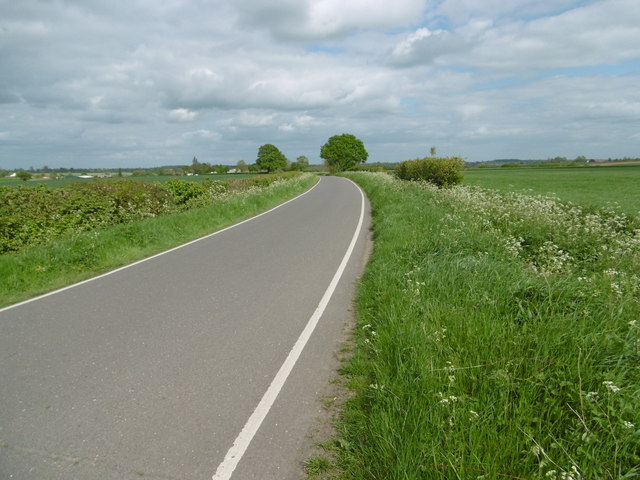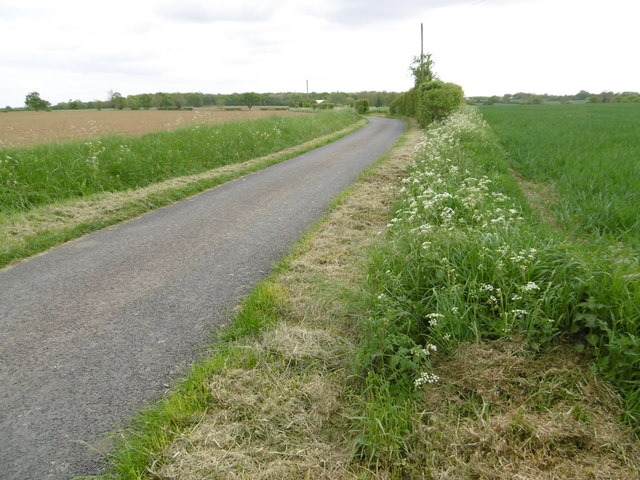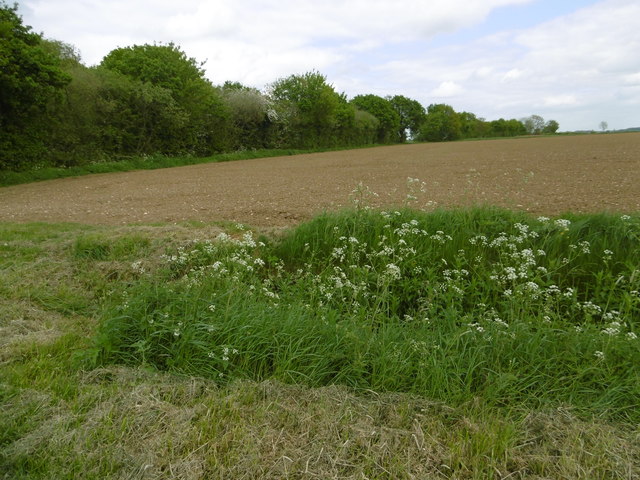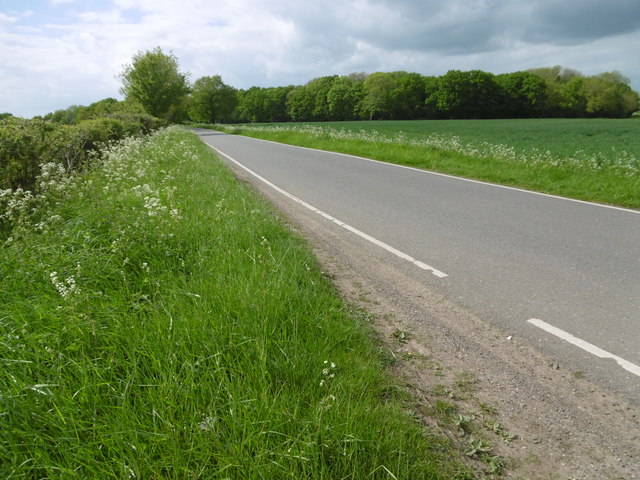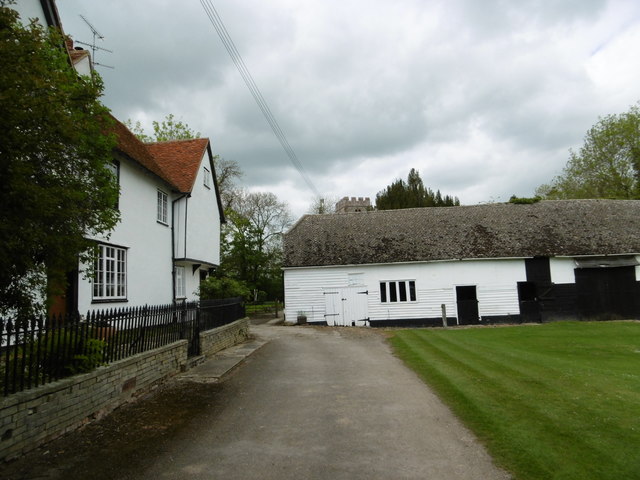Holder's Green
Settlement in Essex Uttlesford
England
Holder's Green
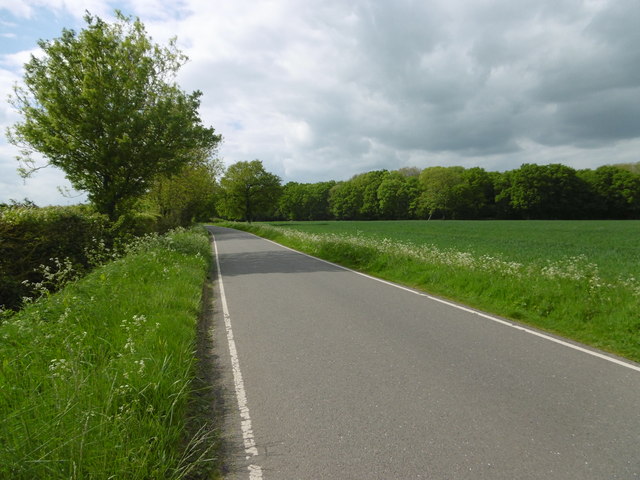
Holder's Green is a small village located in the county of Essex, England. Situated approximately 20 miles northeast of the bustling city of London, Holder's Green offers residents a peaceful and picturesque environment away from the urban chaos.
The village is characterized by its charming and traditional English countryside architecture, featuring a combination of thatched cottages, brick houses, and timber-framed buildings. Surrounded by lush green fields, the area is known for its beautiful landscapes and tranquil atmosphere.
Holder's Green is home to a close-knit community that values its heritage and history. The village boasts a medieval church, St. Peter's Church, which dates back to the 12th century and stands as a testament to the area's rich past.
Despite its small size, Holder's Green offers a range of amenities for its residents. The village has a local pub, The Green Inn, where locals can gather and socialize. Additionally, there is a primary school, Holder's Green Primary School, providing education to the younger members of the community.
The village is conveniently located near major transport links, with easy access to the A12 and M11 motorways, making it an ideal location for commuters. The nearby train station of Chelmsford provides regular services to London Liverpool Street, allowing residents to easily travel to the city for work or leisure.
Overall, Holder's Green offers a tranquil and idyllic place to reside, with its beautiful surroundings, rich history, and convenient location making it an attractive choice for those seeking a peaceful escape from the city.
If you have any feedback on the listing, please let us know in the comments section below.
Holder's Green Images
Images are sourced within 2km of 51.931344/0.37962 or Grid Reference TL6328. Thanks to Geograph Open Source API. All images are credited.
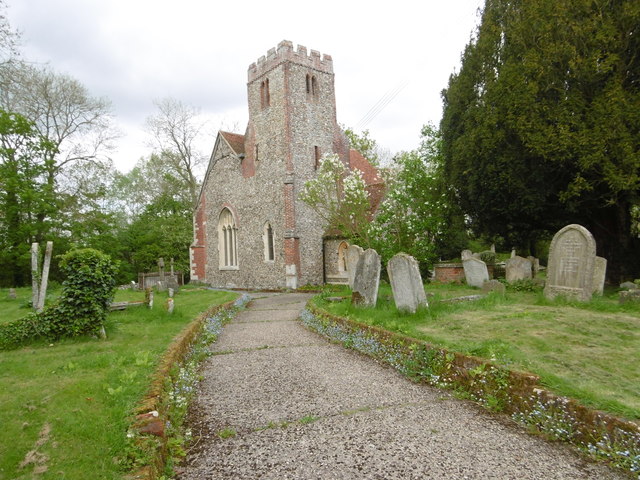
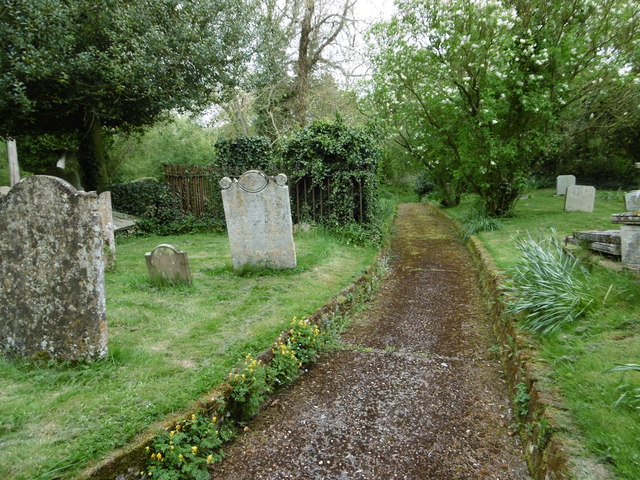
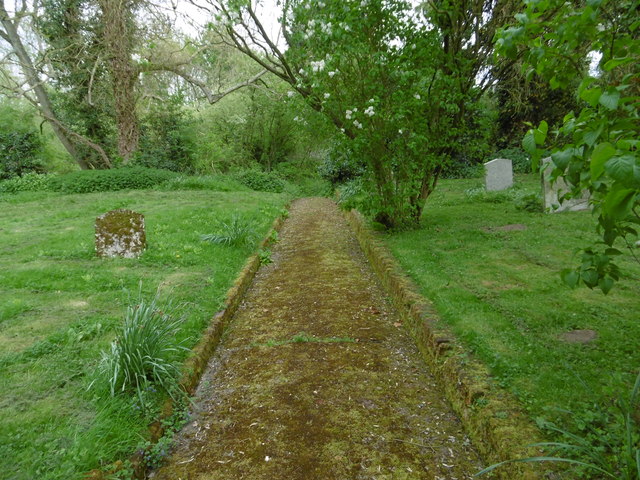
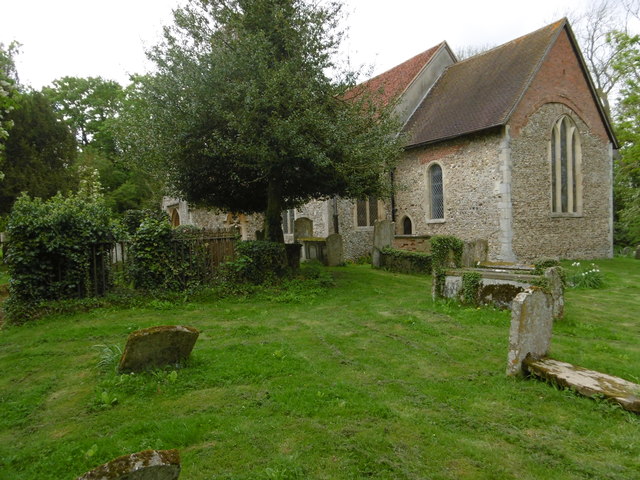
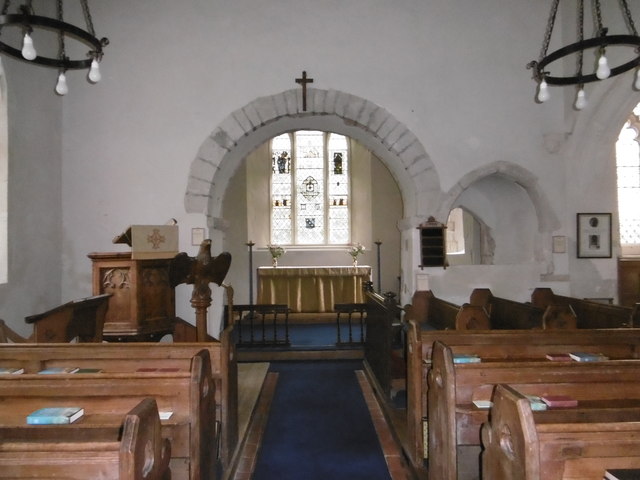


Holder's Green is located at Grid Ref: TL6328 (Lat: 51.931344, Lng: 0.37962)
Administrative County: Essex
District: Uttlesford
Police Authority: Essex
What 3 Words
///argue.devotion.heartened. Near Thaxted, Essex
Nearby Locations
Related Wikis
Holder's Green
Holder's Green is a hamlet near the village of Lindsell, in the Uttlesford district of Essex, England. The hamlet is the site of the Essex Wildlife Trust...
Bustard Green
Bustard Green is a hamlet in the civil parish of Lindsell, and the Uttlesford district of Essex, England, and is just under 1 mile (2 km) north from the...
Richmond's Green
Richmond's Green or Richmonds Green is a hamlet in the civil parish of Thaxted, and the Uttlesford district of Essex, England. It is 1.5 miles (2 km) miles...
Lindsell
Lindsell is a village and civil parish in the district of Uttlesford in the county of Essex, England. Nearby settlements include the parish hamlets of...
Nearby Amenities
Located within 500m of 51.931344,0.37962Have you been to Holder's Green?
Leave your review of Holder's Green below (or comments, questions and feedback).
